
The position statement’s author noted that a lack of specificity in laws and inconsistencies in protocols has led to confusion surrounding brain death in several high-profile cases.

The position statement’s author noted that a lack of specificity in laws and inconsistencies in protocols has led to confusion surrounding brain death in several high-profile cases.
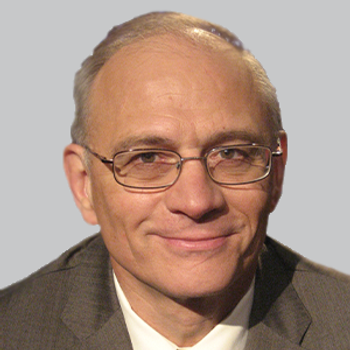
The program�’s director spoke about its genesis and evolution into a more widespread initiative which has helped improve next-generation genome sequencing.

The FDA notice stated that these discontinuations are the result of a business decision by manufacturer GlaxoSmithKline.

The director of the sleep clinic and assistant professor of neurology at Harvard Medical School spoke about the state of pediatric narcolepsy management and diagnosis.

The agency has decided that a major amendment is needed for the therapy’s NDA and has pushed the PDUFA goal date to March 20, 2019.

The principal research scientist at Neuroscience Research Australia and an associate professor of medicine at the University of New South Wales provided more insight into the latest knowledge regarding sleep apnea phenotyping and its role in the development of targeted pharmacotherapies.

The Professor of Medicine at the University of New South Wales highlighted the latest knowledge in sleep apnea phenotyping and its crucial role in the development of targeted pharmacotherapies to treat OSA.
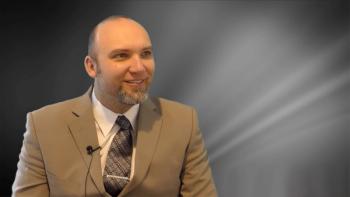
Actigraphic recording from upper extremities show consistently more prominent sleep fragmentation in rapid eye movement sleep behavior disorder patients compared to other sleep diagnoses.

The associate professor at NYU Langone discussed several of the questions that remained unanswered about the relationship between sleep and Alzheimer disease.

The associate professor at NYU Langone discussed emerging evidence that suggests that sleep disruption results in higher levels of markers associated with Alzheimer disease.

The Founder and CEO of NeuroTrials Research spoke about the current landscape of insomnia, noting that lemborexant holds promise as a potential therapy.

Recent work demonstrates that the anterior part of the hypothalamus is enlarged in cluster headache.

Tracking mandibular movements is a useful tool when measuring the efficacy of oral appliance therapy in obstructive sleep apnea.
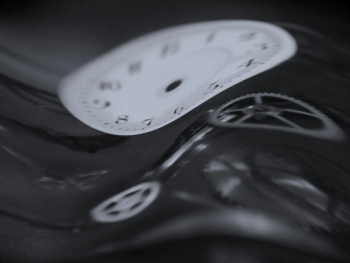
The need to nap for long stretches may be a reflection of an underlying health problem.

The neurologist discussed an analysis of findings suggesting that opiate agonists may have a role in the treatment of narcolepsy.
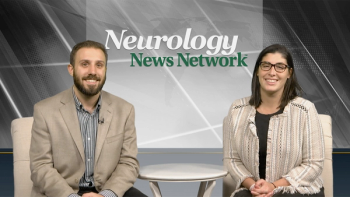
Neurology News Network for the week of November 3, 2018.
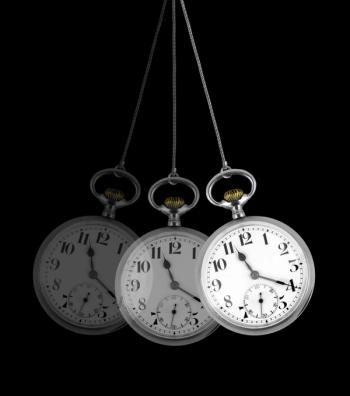
People of all ages occasionally report recurrent dreams, and there is an established association between negative dreams and daytime anxiety.

The study presents direct evidence that subjective experiences of insomnia may be coupled to the REM sleep state.

Sodium oxybate is the first therapy approved to treat cataplexy or excessive daytime sleepiness in pediatrics with narcolepsy 7 years of age and older.

Heidbreder further described the current understanding of the condition and what she and her colleagues have found out.

The Psychiatrist at Psychiatric Services Solothurn and University of Basel discussed how heart rate variability correlates with sleep stages, which may indicate nocturnal brain activity.

Botulinum toxin was found to improve restless leg syndrome in the largest, well-controlled study of the investigational intervention to date.

Under treatment, the dynamic of REM sleep related heart rate variability shows early changes during the first week, providing a promising biomarker of treatment.

The Associate Clinical Professor at the University of South Carolina School of Medicine and Chief Medical Officer at SleepMed emphasized that clinicians need to recognize the impact of sleepiness in terms of quality of life.

Impairment of physiological spindle activity in the hippocampus during NREM sleep by interictal epileptic activities may have negative consequences on long-term memory consolidation.